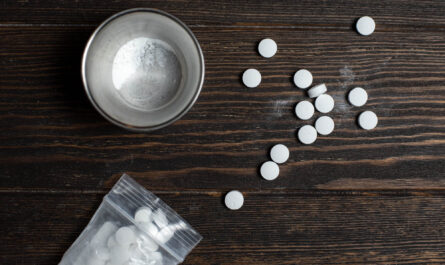I’ve been trying to branch out in terms of beer styles in my arsenal. I’m not burnt out of drinking my beloved IPAs, but at the same time, I’m forcing myself to try to mix in different varieties so I DON’T get burnt out of drinking IPAs. This Saison recipe was born from exploring some new styles. I pulled some inspiration from a few commercial examples I really liked and conducted a tremendous amount of research on Belgian/French Saison yeast strains.
This beer is made with a basic grist of Pilsner, Vienna, and Munich malt. It’s hopped with Saaz and Lemondrop and finishes dry thanks to Omega Yeast Saisonstein®. Saison Dumont (a nod to my mom’s maiden name) is light and refreshing in flavor with a moderate ABV of around 6.6%. The yeast lends the perfect balance of subtle spice, bubblegum, and popping fruity esters. This beer is certainly a real crowd pleaser and pairs phenomenally with buttery seafood.
Omega’s Saisonstein is actually a blend of two French and Belgian strains. It’s the best of both worlds in terms of character and flavor and ferments in a really reasonable timeline. There are a million options out there for strain selection, but I’m very pleased with the results I got.
Fermenting with Saccharomyces Cerevisiae Var. Diastaticus
MOST (not all) Saison strains contain the STAT1 gene (Saccharomyces cerevisiae var. diastaticus), which is capable of fermenting dextrins, resulting in very high attenuation. This is great for the style, but it tends to be a little on the wild side in terms of fermentation control. Some brewers have had a difficult time REMOVING the strain from equipment, further infecting subsequent batches by producing very dry beers.
Long story short, if you don’t properly clean and sanitize your equipment, it could result in some undesirable results in your next ale (super attenuated beer). Long hot soaks of all equipment in an alkaline-based cleaner should eliminate any risk of fermenting with strains containing the STAT1 gene. Most of my equipment and fermenters are stainless at this point, so my risk is pretty low. If you ferment in plastic buckets or use a lot of plastic components, make sure you take your cleaning regimen seriously.
Ingredients
Fermentables
7 lb (69.6%) Pilsner Malt — 1.8 °L
2 lb (19.9%) Vienna Malt —2.8 °L
9 oz (5.6%) Munich Malt, Germany 7.6 °L
8 oz (5%) Table Sugar — Boil 10 min
Hops
1 oz (12 IBU) Saaz 4.5% — Boil — 30 min
1 oz (8 IBU) Lemondrop 6% — Boil — 10 min
Yeast
1 pack Omega OYL-500 Saisonstein
Other
Whirlfloc – 15 minutes
Water Profile
Ca2+ 100
Cl– 100
SO42- 100
Specifications
Method: All-grain BIAB
Batch size: 5 gallons
Efficiency: 68%
OG: 1.053
FG: 1.003
ABV: 6.6%
IBU: 20
SRM: 4
Target Mash pH: 5.2 (adjust with lactic acid or acid malt)
Mash Temp: 148°F – 60 minutes
Boil: 60 minutes
Fermentation Temp: 70-77°F
Notes
Pitch yeast at 70°F and let free rise to high 70’s. My batch completely finished fermenting in about 7 days. Carbonate to 2.8-3 volumes of CO2. Bottling is probably the best option but it can be kegged and dispensed with a longer beer line (15 ft) to account for higher carbonation levels. This is what I did.
Worst case scenario, you can hold back on the carbonation to more standard ale rates and still produce a great-tasting beer.





It’s Saison “Dupont”. You can harvest yeast at the bottom of a commercial bottle. Great result. But just for one batch, you will need to drink another one for a second batch 🙂
I think I missed the pun ahah, my english is not good enough.
Yes I’m aware – it’s a play on my mother’s maiden name. Dumont